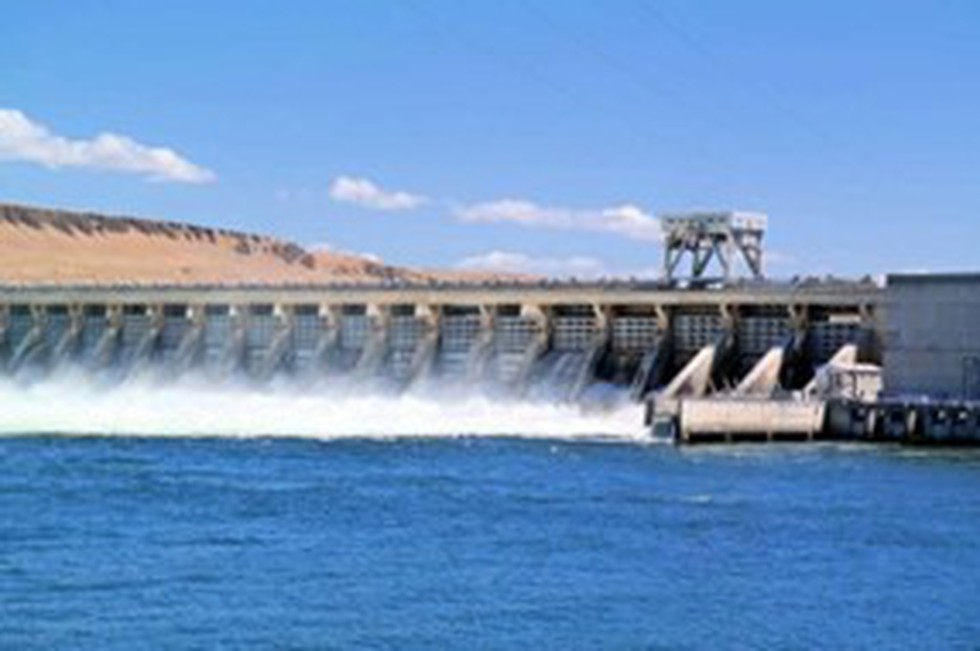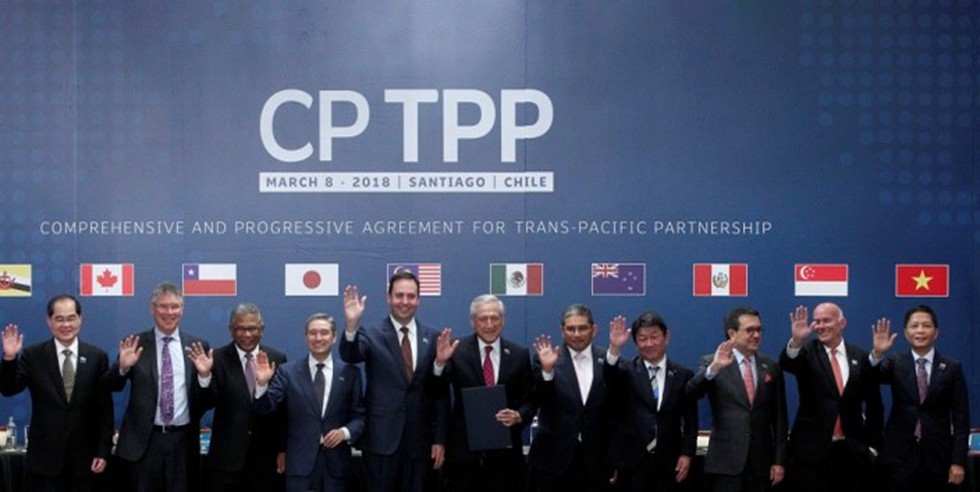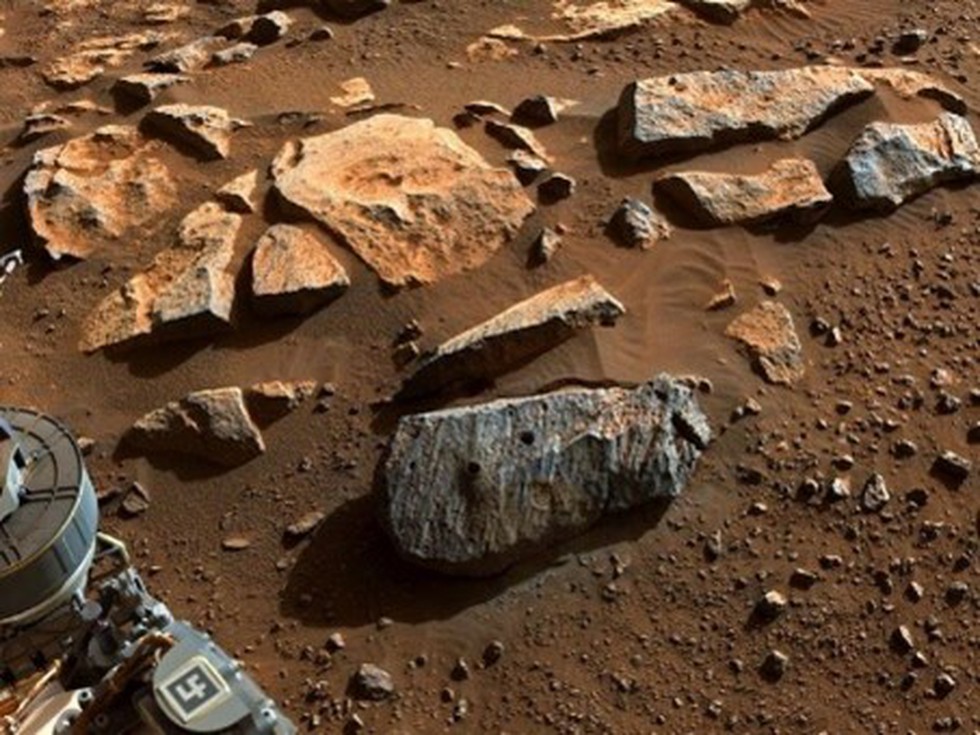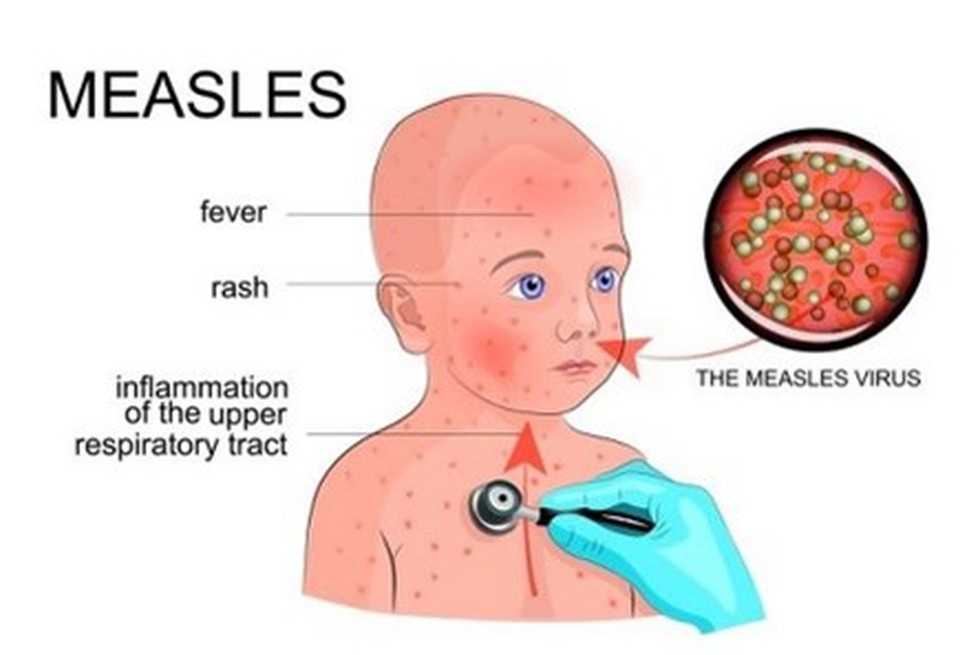
About Hampi:
- Location: Traditionally known as Pampakshetra of Kishkindha, Hampi is located in central Karnataka on the banks of the Tungabhadra River.
- It is a UNESCO World Heritage Site.
- It is renowned for its historical and archaeological significance, as it was once the capital of the Vijayanagara Empire, one of the greatest Hindu empires in South India, which thrived from the 14th to the 16th century.
- River: The Tungabhadra River flows through Hampi.
- Architecture:
- The site boasts numerous grand temples, palaces, marketplaces, and other structures.
- Some of the prominent landmarks include the Virupaksha Temple, Vittala Temple, Lotus Mahal, Queen's Bath, and Elephant Stables.
- Temples of this city are noted for their large dimensions, florid ornamentation, bold and delicate carvings, stately pillars, magnificent pavilions and a great wealth of iconographic and traditional depictions which include subjects from the Ramayana and the Mahabharata.
About Vittala Temple Complex:
- It is an iconic structure within Hampi, known for its extraordinary architecture and the famous stone chariot.
- It dates back to the 15th century. It was built during the reign of King Devaraya II (1422 – 1446 A.D.), one of the rulers of the Vijayanagara Empire.
- Several portions of the temple were expanded and enhanced during the reign of Krishnadevaraya (1509 – 1529 A.D.), the most famous ruler of the Vijayanagara dynasty.
- It is also known as Shri Vijaya Vitthala Temple. It is dedicated to Lord Vitthala, an incarnation of Lord Vishnu.
- Architecture:
- It is built in the Dravidian style of architecture. It has traits and features that are characteristic of typical south Indian temple architecture.
- It is believed that the main shrine of the temple originally had one enclosed Mantapa. An open Mantapa was added to it in the year 1554 A.D.
- The temple complex is a sprawling area that is surrounded by high compound walls and three towering gateways.
- The temple complex has many halls, shrines and pavilions located inside it. Each of these structures is made of stone.

About Umiam Dam:
- Location:
- The Umiam Dam, also known as the Barapani Dam, is a large reservoir located in the state of Meghalaya in northeastern India.
- It is situated on the Umiam River, about 15 kilometres north of Shillong, the capital city of Meghalaya.
- Purpose: The primary purpose of the Umiam Dam is to provide hydroelectric power generation and supply drinking water to the region. It serves as a major water source for Shillong and its surrounding areas.
- Construction:
- The construction of the dam began in 1964 and was completed in 1965.
- It was built by the Assam State Electricity Board (ASEB) with technical assistance from the North Eastern Electric Power Corporation Limited (NEEPCO).
- Reservoir Capacity: The dam creates a reservoir known as the Umiam Lake, which has a storage capacity of approximately 9.6 billion cubic feet of water. The lake stretches over an area of about 220 square kilometres.
- Hydroelectric Power Generation: The Umiam Dam has a hydroelectric power station with a total installed capacity of 2x30 megawatts.

About Comprehensive and Progressive Agreement for Trans-Pacific Partnership (CPTPP):
- It is a free trade agreement (FTA) between 11 nations: Australia, Brunei, Canada, Chile, Japan, Malaysia, Mexico, New Zealand, Peru, Singapore and Vietnam.
- It was signed in March 2018.
- It succeeded the Trans-Pacific Partnership (TPP)after the United States withdrew from the TPP in 2017.
- All 11 countries of CPTPP are members of the Asia-Pacific Economic Cooperation (APEC).
- The rights and obligations under the CPTPP fall into two categories:
- Rules: for example, on how countries should make new food safety regulations or whether they can ban the transfer of data to other CPTPP member These are the same for all CPTPP parties (including any new members that may join).
- Market access: how far each CPTPP member will cut its tariffs, open up its services markets, liberalise visa conditions for business travellers, and so on. Each member has its own schedules of commitments. In some cases, the commitments are offered to all other members, while in others, they are restricted to specific negotiating partners.
What is the Asia-Pacific Economic Cooperation (APEC)?
- It is a forum of 21 Asia-Pacific economies established in 1989.
- Members: Australia; Brunei Darussalam; Canada; Chile; People's Republic of China; Hong Kong, China; Indonesia; Japan; Republic of Korea; Malaysia; Mexico; New Zealand; Papua New Guinea; Peru; the Philippines; the Russian Federation; Singapore; Chinese Taipei; Thailand; the United States of America; Vietnam.
- It seeks to promote free trade and economic cooperation throughout the Asia-Pacific region.
- The APEC Secretariat, headquartered in Singapore, provides advisory and logistic services as well as research and analysis.
- APEC decisions are reached by consensus, and commitments are made on a voluntary basis.

About Windfall Tax:
- What is it?It is a higher tax levied by the government on specific industries when they experience unexpected and above-average profits.
- When is it imposed?
- When the government notices a sudden increase in an industry's revenue, they impose this tax.
- However, these revenues cannot be linked to anything the company actively pursued, such as its business strategy or expansion.
- Consequently, a Windfall Tax is imposed on an industry's profits when it experiences a sharp increase in revenue due to unrelated external events.
- Rationale behind the imposition of windfall tax:
- Redistribution of unexpected gains, when high prices benefit producers at the expense of consumers;
- To fund social welfare schemes;
- As a supplementary revenue stream for the government;
- As a way for the Government to narrow the country’s widened trade deficit;

About Valmiki Tiger Reserve (VTR):
- Location:
- It is located at the India-Nepal border in the West Champaran district of Bihar on the bank of river Gandak.
- It is situated in the Gangetic Plains bio-geographic zone of the country.
- It forms the easternmost limit of the Himalayan Terai forests in India and is the only tiger reserve in Bihar.
- VTR comprises the Valmiki National Park and Valmiki Wildlife Sanctuary.
- Boundaries: It is surrounded by the Royal Chitwan National Park of Nepal in the north and the river Gandak on the western side.
- Rivers: Rivers Gandak, Pandai, Manor, Harha, Masan, and Bhapsa flow through various parts of the reserve.
- The forest of this region has a combination of bhabar and terai tracts.
- Vegetation: The vegetation types include mainly Moist mixed deciduous, Open-land vegetation, Sub-mountainous semi-evergreen formation, Freshwater swamps, Riparian fringes, Alluvial grasslands, high hill savannah and Wetlands.
- Flora: Sal, rohini, sihor, teak, bamboo, semal, Mandar, shisham, Jamun, Gular etc.
- Fauna:
- Tigers, Leopards and Indian Wild Dogs are large predators. Leopard cat and fishing cat are also found in patches. Deer species are represented by spotted deer, sambar, barking deer and hog deer.
- Indian bison (Gaur), Nilgai and wild boar are other ungulates found in these forests.
- Kaleej Pheasant, hill myna, paradise fly catcher, Himalayan bulbul, lesser adjutant stork, white backed and slender billed vultures are some exclusive birds of the sanctuary.

Why in news?
- The Coal Ministry announced that it is considering a comprehensive scheme to promote coal gasification projects for both government Public Sector Undertakings (PSUs) and the private sector with an outlay of Rs 6,000 crores.
About Coal gasification:
- It is the process of producing syngas, a mixture consisting primarily of carbon monoxide (CO), hydrogen (H2), carbon dioxide (CO2), methane (CH4), and water vapour (H2O) - from coal and water, air and/or oxygen.
- During gasification, coal is blown with oxygen and steam while also being heated under high pressure.
- In this reaction, oxygen and water molecules oxidize the coal and produce syngas.
- Advantages
- Coal gasification can help address local pollution problems.
- It is considered a cleaner option compared to the burning of coal.
- It will help in reducing reliance on imports of natural gas, methanol, ammonia and other essential product
- This initiative holds the potential to alleviate the environmental burden by reducing carbon emissions and fostering sustainable practices, contributing to India’s global commitments towards a greener future

Key findings:
- The results reveal that Mars has a more complex organic geochemical cycle than previously thought, implying the existence of multiple reservoirs of potential organic molecules on the planet.
- The findings suggest that water may have been a significant factor in Mars’s vast range of organic matter.
- A high possibility for past habitability exists at the rover’s landing site in Jezero Crater.
- It has a variety of minerals, including carbonates, clays, and sulphates, due to its history as an old lake basin.
- Organic compounds and perhaps even traces of prehistoric life could be preserved by these minerals.
- The scientists used a first-of-its-kind instrument called the Scanning Habitable Environments with Raman and Luminescence for Organics and Chemicals (SHERLOC) to map the distribution of organic molecules and minerals on rock surfaces.
About Perseverance rover:
- It is robotic explorer to land on Mars as part of NASA’s ongoing Mars 2020 Mission.
- Main Job: Seek signs of ancient life and collect samples of rock and regolith (broken rock and soil) for possible return to Earth.
- The rover will collect samples of rock and soil, encase them in tubes, and leave them on the planet's surface to be returned to Earth at a future date.
- Launch: It was launched on July 30, 2020 from Cape Canaveral, Florida.
- Landing: Successfully landed on the surface of Mar's Jezero Crater on Feb. 18, 2021.
- Features:
- It is about the size of a car, but weighs only about 1,025 kilograms with all instruments on board.
- Power source: Multi-Mission Radioisotope Thermoelectric Generator (MMRTG). Converts heat from the radioactive decay of plutonium into electricity.

About Measles:
- It is a highly contagious and serious airborne disease.
- It is caused by a virus in the paramyxovirus family, and is normally passed through direct contact and the air.
- The virus infects the respiratory tract, then spreads throughout the body, causing severe disease, complications and even death.
- Symptoms
- The first sign of measles is usually high fever, beginning about 10 to 14 days after exposure to the virus and lasting four to seven days.
- A runny nose, cough, red and watery eyes, and small white spots inside the cheeks can develop in the initial stage.
- A rash erupts after several days, usually on the face and upper neck. The rash spreads over about three days, eventually reaching the hands and feet, and lasts five to six days before fading.
- Who is at risk?
- Any non-immune person (not vaccinated or vaccinated but did not develop immunity) can become infected.
- Unvaccinated young children and pregnant persons are at highest risk of severe measles complications.
- Treatment: No specific antiviral treatment exists for measles.
- Criteria for Measles elimination:
- Measles elimination is defined as the absence of endemic measles virus transmission in a region or other defined geographical area for more than 12 months.
- Conversely, a country is no longer considered to be measles free if the virus returns and transmission is sustained continuously for more than a year.
- Measles & Rubella Initiative (M&RI):
- M&RI is a partnership formed in 2001 of the American Red Cross, CDC, the United Nations Foundation, UNICEF and World Health Organization (WHO)
- It is committed to achieving the Global Vaccine Action Plan goal of measles and rubella elimination in at least five WHO regions by 2020.

Why in news?
- The Namda craft of Kashmir is being successfully revived under a Skill India’s Pilot Project as part of the Pradhan Mantri Kaushal Vikas Yojana (PMKVY), with nearly 2,200 candidates from across six districts of the state, receiving training in the dying art form.
About Namda Art:
- It is said to have begun in the 16th century when Mughal Emperor Akbar wanted to get a covering for his horses to protect them from the cold.
- It was introduced by a Sufi saint named Shah-e-Hamdan to Kashmiris.
- Namda is a type of traditional Kashmiri felted carpet that is created using sheep wool and has colourful hand embroidery.
- The distinct feature of this Kashmiri craft is that wool is felted and not woven.
- How it is made?
- It is usually a sandwich of many layers of wool flattened over each other.
- After a layer is spread, it is sprinkled homogeneously with water and pressed with a tool known as ‘pinjra’ (woven willow wicker).
- Unique themes and floral patterns provide the themes for these masterpieces and flowers and leaves, buds and fruits are the essence of the designs.
- It is practised as a craft in several cultures, especially in the countries throughout Asia, viz. Iran, Afghanistan and India.

About Production Linked Incentive Scheme 2.0:
- The scheme proposes a financial incentive to boost domestic manufacturing and attract large investments in the value chain.
- The target segments under PLI 2.0 Scheme shall include Laptops, Tablets, All-in-One PCs and Servers and Ultra Small Form Factor.
- Implementation: Companies, both global and domestic, that meet the eligibility criteria specified in the PLI 2.0 Scheme guidelines will receive support for manufacturing goods in India within the specified target segment.
- The classification of applicants into the Hybrid (Global/Domestic) category will be determined by whether the company is domestic or global.
- A comprehensive ranking of all applicants will be maintained based on the eligibility criteria outlined in the scheme guidelines.
- Subsequently, the selection of applicants in each category—global, hybrid, and domestic—will be based on their ranking and overall PLI projection, subject to the availability of the budget.
- Tenure: The incentives provided under the PLI 2.0 Scheme will be applicable for a period of 6 years
- Base year: For the calculation of net incremental sales of manufactured goods, the base year will be the financial year 2022-23.
- Incentives payout:
- The incentive granted to each company will be based on the net incremental sales of manufactured goods in the target segment, compared to the base year.
- The maximum incentive amounts will be capped at INR 45 billion for global companies, INR 22.50 billion for hybrid (global/domestic) companies, and INR 5 billion for domestic companies.





























































































































































.png)
.png)
.png)
.png)
.png)


.png)
.png)
.png)





.png)
.png)






.png)
.png)
.png)
.png)
.png)
.png)
.png)
.png)
.png)

.png)







.png)
.png)


.png)
.png)
.png)


.png)

.png)
.png)





.jpg)

.png)
.png)


.png)

.png)
.png)
.png)

.jpg)

.jpg)


.png)

.png)
.png)
.png)
.png)
.png)
.png)
.png)
.png)
.png)
.png)




.png)

.png)


.png)
.png)
.png)
.png)
.png)
.png)
.png)
.png)
.png)
.png)
.jpg)
.jpg)

.png)
.png)
.png)
.png)
.png)
.png)
.png)
.png)
.png)
.png)
.png)
.png)
.png)
.png)
.png)
.png)
.png)
.png)
.png)
.png)
.png)
.png)



.png)
.png)

.jpg)
.jpg)


.jpg)
.jpg)
.jpg)
.jpg)
.jpg)

.jpg)








.jpg)
.jpg)
.jpg)
.jpg)
.jpg)

















.jpg)
.jpg)







.jpg)


















.jpg)
.jpg)






























































































.jpg)
.jpg)


























.jpg)

.jpg)










.jpg)








.jpg)




.jpg)










.jpg)


















.jpg)












































.jpg)














.jpg)
.jpg)
.jpg)





.jpg)

.jpg)
.jpg)





































































.jpg)


































.jpg)
.jpg)
















































.jpg)












.jpg)


.jpg)




.jpg)
.jpg)
.jpg)

.jpg)
.jpg)
.jpg)
.jpg)

.jpg)
.jpg)
.jpg)

.jpg)
.jpg)
.jpg)
.jpg)
.jpg)
.jpg)
.jpg)
.jpg)

.jpg)


.jpg)
.jpg)
.jpg)
.jpg)
.jpg)
.jpg)
.jpg)
.jpg)
.jpg)
.jpg)











.jpg)
.jpg)





.jpg)
.jpg)
.jpg)
























.jpg)
























.jpg)









.jpg)
.jpg)







.jpg)
.jpg)









































.jpg)
.jpg)
.jpg)
.jpg)
.jpg)

.jpg)
.jpg)
.jpg)
.jpg)
.jpg)


.jpg)
.jpg)
.jpg)
.jpg)
.jpg)

.jpg)
.jpg)
.jpg)
.jpg)
.jpg)
.jpg)
.jpg)
.jpg)
.jpg)
.jpg)
.png)

.png)
.png)

.png)
.png)
.png)
.png)


.jpg)
.jpg)

.jpg)
.jpg)
.jpg)

.png)
.png)
.png)
.png)
.png)
.png)
.png)

.png)
.png)
.png)
.png)
.png)
.png)
.png)
.png)
.png)
.png)





































































-min.png)



.png)




.png)








































